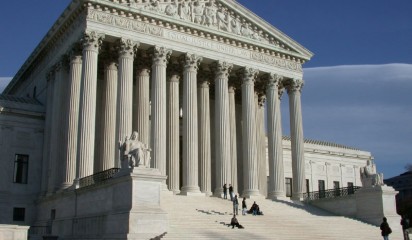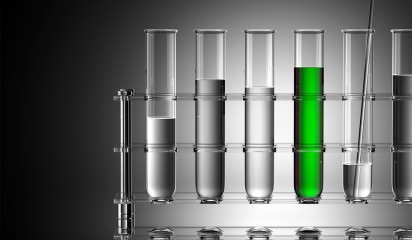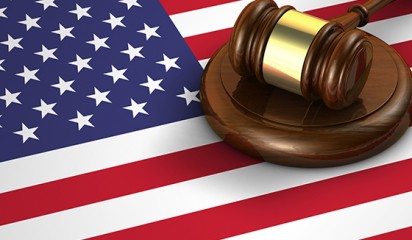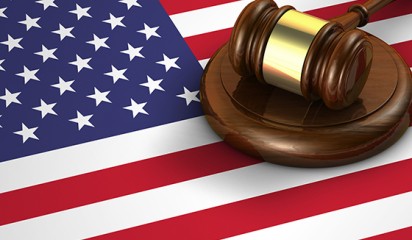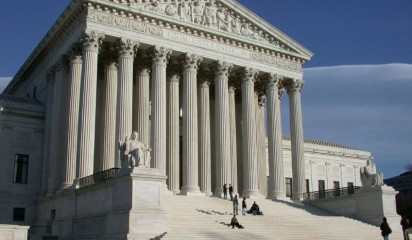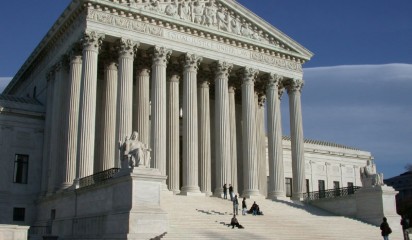The AIA allows an inventor one year from publicly disclosing an invention within which to file a patent application.
This is the grace period that was also available under the previous 1952 Patents Act. However, the wording of the AIA grace period provision is proving far from clear and is the cause of much debate in the US. The offending wording is as follows:
35 USC § 102 (b) (1):
A disclosure made 1 year or less before the effective filing date of a claimed invention shall not be prior art to the claimed invention if -
(A) The disclosure was made by the inventor or joint inventors or by another who obtained the subject matter disclosed directly or indirectly from the inventor or a joint inventor; or
(B) The subject matter disclosed had, before such disclosure been publicly disclosed by the inventor or a joint inventor or another who obtained the subject matter disclosed directly or indirectly from the inventor or a joint inventor.
The problem
Section (A) is straightforward, clearly stating that the inventors own disclosure (made within a year of filing for patent protection), will not count as prior art against the later filed application. However, it is section (B) that is contentious - relating to third party disclosures, i.e. what protection does an inventor have after disclosing an invention, in the intervening time before filing a patent application, against third party disclosures.
There appears to be three possible interpretations of section (B) in this regard:
- If an inventor publishes an invention prior to filing, any disclosure of the invention made by a third party in the interim shall not be considered as prior art and cannot be used against the patentability of the later filed application. This interpretation is seen as substantially extending the grace period provisions and encouraging inventors to publish before filing, i.e. a 'first-to-publish' system.
- If an inventor publishes an invention prior to filing, only the inventor's own publication, or any publication of the invention obtained from the inventor, will be excluded as being prior art against the later filed application. All other disclosures will be citable, even though such third party disclosures are preceded by an inventor's own public disclosure, i.e. an inventor cannot "antedate" the invention to the date of public disclosure to avoid later prior art. This interpretation is seen as significantly narrowing the grace period provisions that were available under the previous Act.
- If an inventor publishes an invention prior to filing, the inventor's own publication, publications obtained from the inventor, or any third party publications that are substantially identical to the subject matter previously disclosed by the inventor, will not be citable as prior art.
Most likely interpretation?
After much debate, the general consensus is that point 3 is the most likely interpretation that the USPTO will give section (B). However, how likely is it that a third party disclosure of an invention will be 'substantially identical' to an inventors own disclosure?
How the USPTO examiners apply section (B) to potential prior art will be very interesting. No doubt this section of the AIA will be one of the first to find its way before the courts. We will keep you posted on developments.
Conclusion
In the interim, to avoid potential patent invalidity, we recommend you:
- only ever use the grace period provisions for accidental publications
- always file a patent application as soon as possible after the publication.
Better still, file before you disclose!







